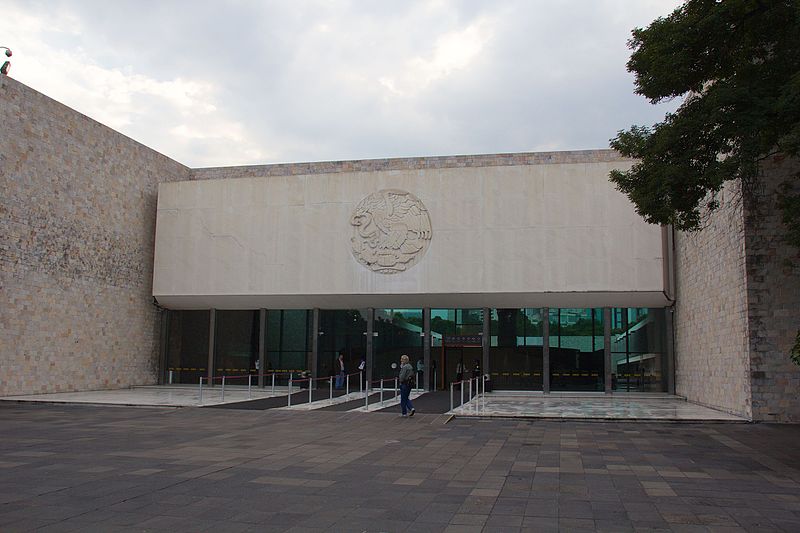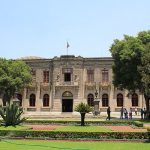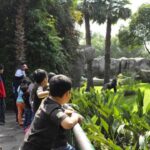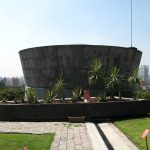

The most visited museum in all Mexico, the National Museum of Anthropology (Museo Nacional de Antropología, MNA) is a must see for visitors from around the world. Here’s just the briefest of introductions.
Between 1940 and 1960, an intense intellectual movement flourished. It sought a Mexican identity based on the dignity of the very indigenous heritage that had long been looked down upon. This movement wanted to create a great museum to tie together all indigenous Mexican heritage, especially that gained through archaeology.
The administration of President Adolfo Lopez Mateos began planning, and a museum was built under the direction of architect Pedro Ramírez Vázquez between 1963 and 1964. Today, the National Anthropology Museum is known worldwide for the richness and quality of the collections exhibited here.
The collection dates back to 1790 when the Sun Stone was uncovered at the base of the Metropolitan Cathedral. The years that followed saw major works rediscovered: monumental sculptures of Coatlicue, the Tizoc Stone, and the colossal head of a Xiuhcoatl (the fire serpent). These finds fueled an increased interest in knowledge and the desire to protect this cultural heritage and its meanings.
The building itself has also won awards. The suspended roof (pictured) is the central focus of the museum courtyard. Designed in the style of the open forums of Maya ceremonial centres, all the decorations on the façade are allegorical, making references to pre-Hispanic symbols such as the snake and the snail.
The National Museum of Anthropology is divided into two major sections.
The Anthropology section occupies the ground floor of the building, and access to the rooms is directly from the large central courtyard. Eleven galleries provide a good grasp on the entire field of anthropology.
At the center of the museum, dominating the central hall, is the great Aztec calendar stone which was recovered from the ruins of Tenochtitlan, the Sun Stone.
![]() The Turibus Historic Center Circuit stops on the Paseo de la Reforma, at the bus stop, and the intersection of Avenida Grutas. The Tlaloc Monolith is plainly visible from that part of Reforma.
The Turibus Historic Center Circuit stops on the Paseo de la Reforma, at the bus stop, and the intersection of Avenida Grutas. The Tlaloc Monolith is plainly visible from that part of Reforma.
Hours: Tuesdays through Sundays, 9 a.m. to 5 p.m. year round, closed Mondays
 atencion.mna@inah.gob.mx
atencion.mna@inah.gob.mx
 +52 (55) 5553-6266
+52 (55) 5553-6266
 https://mna.inah.gob.mx/
https://mna.inah.gob.mx/

Nearest at 0.12 kms.

Nearest at 0.16 kms.

Nearest at 0.26 kms.

Chapultepec Castle is one of the premier sites in the city, and one of the highest you can visit, too!

The Zoo in Chapultepec is still one of the favorite parts of the park. With kids, it gets even better.

The famous lake in Chapultepec is in fact but one of several bodies of water, in a park as big as some cities.

One Chapultepec's best-loved museums, the Caracol is still the city's most dynamic presentation of history.